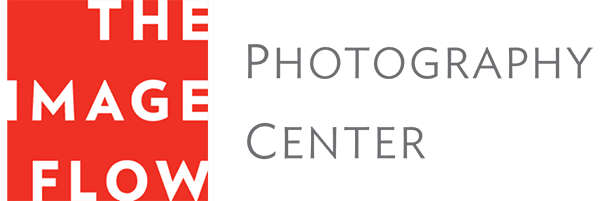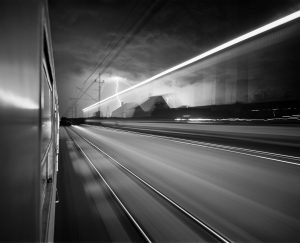
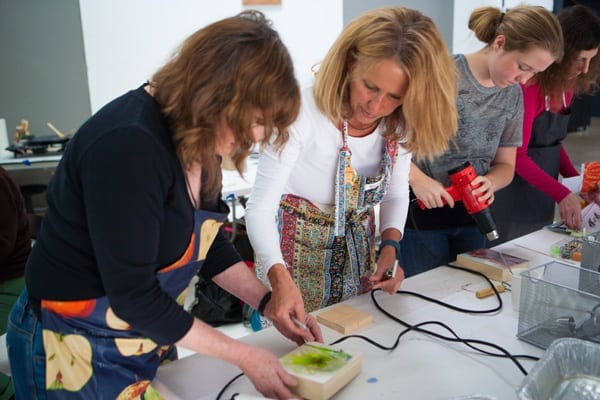
San Francisco-based lifestyle photographer Margot Hartford grew up in Canada where began her professional career in urban planning and environmental design. But after nearly a decade working for the Canadian government, she decided it was time to give up the bureaucracy in favor of more creative pursuits, and went back to school in her 30s to study photography.
“It was either go back to school to do a masters in planning, or do something else,” said Margot. “My father and brother were both very avid hobbyists. I’d been working in the darkroom since I was a kid, and then I thought it would be a good career.”
Film was still the thing when Margot started out, and she says she’s spent countless hours processing her own film and working in the lab, but she’s been digital since it came around. “I don’t think being around all that chemistry is really all that good for you,” she said, adding, “I haven’t done anything in a true darkroom in eight years or so.”
As a commercial photographer, Margot specializes in shooting kids and families, fitness, and architecture and home interiors, as well as working with video. Her clients include Oracle and Hewlett-Packard, and her images have appeared in magazines like Sunset and Better Homes & Gardens. But now, instead of being tied to a darkroom, Margot says she’s tied to the computer.
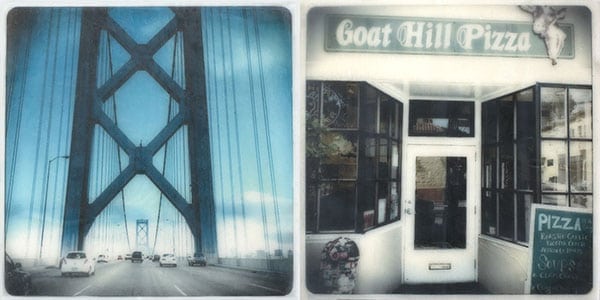
“Before I wanted to get away from the darkroom, but now I want to get away from the computer,” she laughs. “I’m at the computer all the time—retouching, sending out files, invoices. The computer takes a lot of my day, and I really wanted to step away and do something with my hands.”
Margot started by taking a variety of workshops, including resin, collage—anything that came up. After she took her first encaustics workshop she says she immediately felt like, “All right. I like this, this is manageable.”
Encaustics is a technique of painting with hot wax on cradled wood panels. (You have to use wood, not canvas, because canvas will warp.) This is not your average white candle wax, but a special kind of wax derived from beeswax, with an added resin hardener. Pigment can also be added to give the wax different colors.
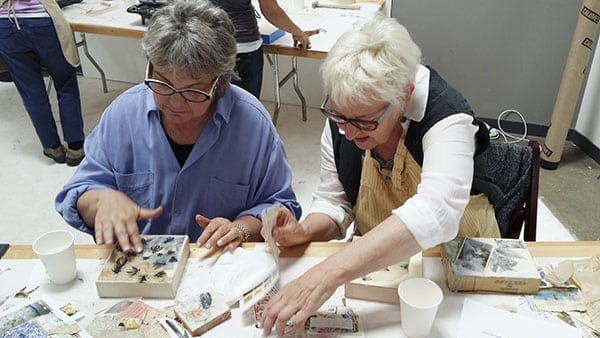
In the 1950s, Jasper Johns began working with encaustics in his paintings. He incorporated the hot wax into his oil and mixed media works. “Ever since it’s evolved into its own medium,” said Margot.
“In the old days, it was used for embalming, so it has a good archival nature to it. But beeswax is sustainable, natural, it’s not a chemical. It smells good and is non-toxic.”
Margot has developed her own technique to incorporate encaustics with images she takes on her cell phone. She uses the apps available on the phone to give her images a retro look. Then she prints the images on tissue paper on her printer at home and adheres them to a wood board with the wax, keeping the wax smooth.
“That’s my technique, but you can do 1,000 things with wax. Every artist does something a little bit different,” she said. “What I like about encaustics is that the process gives a little control similar to being in a darkroom. It feels like a step back, without having to work with all the harsh chemistry.”
Working with encaustics began as a hobby for Margot, but now she is selling her pieces in four different galleries across San Francisco and on her website. She also teaches a popular workshop at The Image Flow.
“People like the process—they get into it. It’s tactile, easy, there’s nothing to learn. Anybody can do encaustics—that’s the beauty of it,” she said.
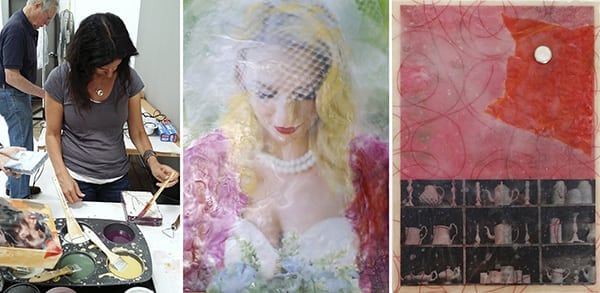
The process is great for people who are interested in photography but want more of an artistic look to their photos. Margot says she’s had success using both San Francisco cityscape images and also some more abstract images. She encourages students to bring their own photos in a variety of finishes and play around. There are endless options: You can add mixed media or colored wax, or if you scratch the surface, paint on top of it, and then wipe the paint off, the color remains in the scratches.
“People who don’t think they’re very artistic come up with really great results,” said Margot.
Margot says she will continue to do both for a while, but will likely end up being a fine artist. “I have my commercial photography business, but then I go into the studio and I’m an artist.”
Sign up for Margot’s next workshop at The Image Flow. You can see more of Margot’s work on her website.

